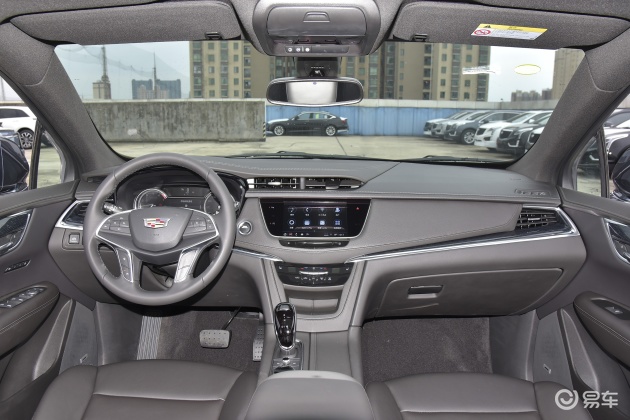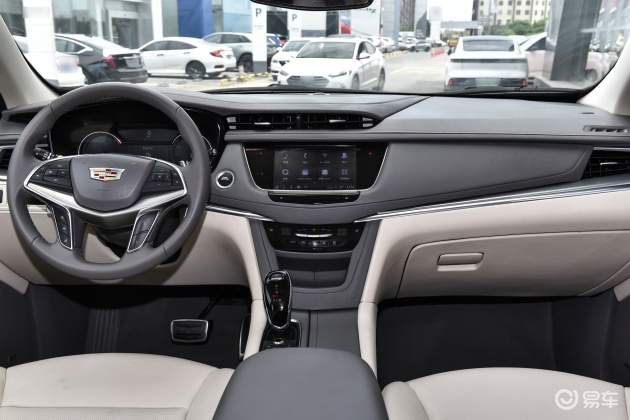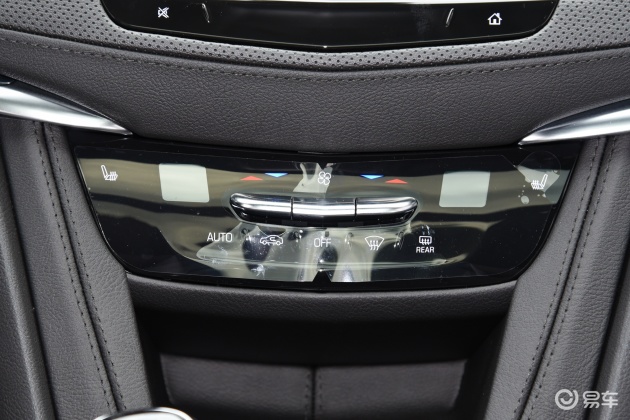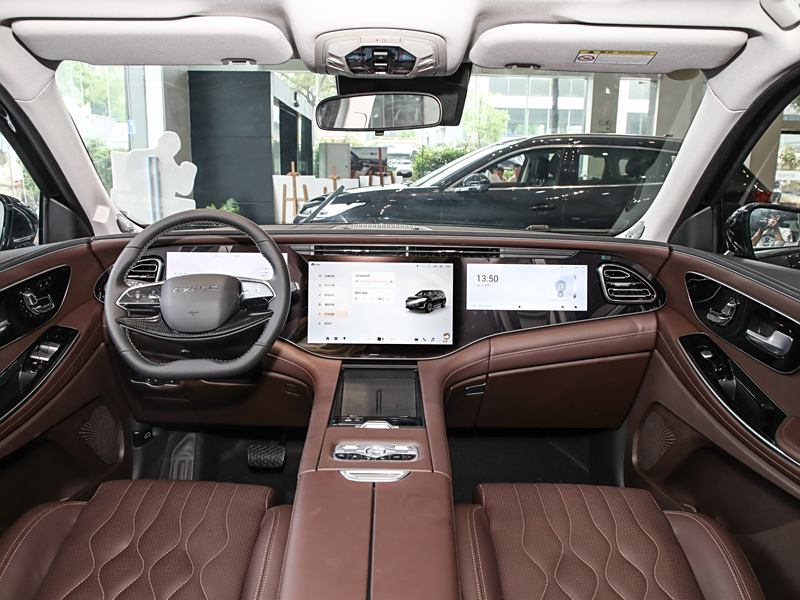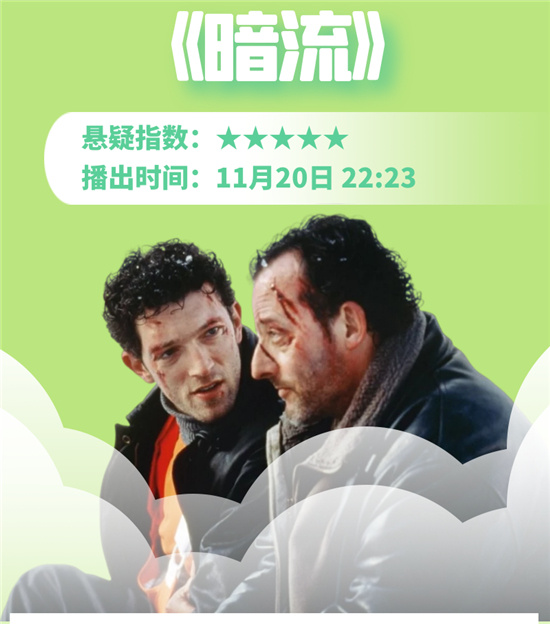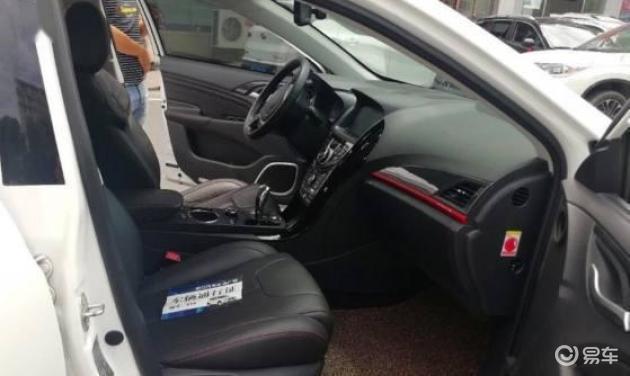In the first 11 months of 2023, the total value of foreign trade import and export in Kunshan City, Jiangsu Province was 687 billion yuan, an increase of 8.8% year-on-year, accounting for 14.4% of the total value of import and export in Jiangsu Province. Among them, exports 459.78 billion yuan, an increase of 7.5% year-on-year, accounting for 15% of Jiangsu Province; imports 2272.2 billion yuan, an increase of 11.4% year-on-year, accounting for 13.3% of Jiangsu Province.
Since the beginning of this year, Kunshan has changed from passive to active and pressure to power, and foreign trade has shown a trend of steady progress and improvement in quality. In October, Kunshan’s monthly import and export crossed three billion steps, reaching 13 billion US dollars for the first time, driving the province’s foreign trade growth of 5.7 percentage points, and both imports and exports broke the historical monthly record. The latest released data shows that Kunshan’s import and export trade exceeded 10 billion US dollars for three consecutive months in September, October and November, and the monthly import and export value broke the historical record in September and October. Especially with the steady recovery of consumer electronics market demand, Kunshan’s foreign trade is expected to continue to improve and make Kunshan contributions to Jiangsu’s stabilizing the basic foreign trade market. When exploring the reasons for Kunshan’s foreign trade data to rise against the trend, the "industrial chain, value chain, innovation chain, service chain" and "four-chain force" have become the key to promoting Kunshan’s foreign trade to stabilize and improve.
Advance planning, deeply empower the "industrial chain"
Industry is the foundation of foreign trade, and strong industry makes strong trade. As a strong industrial city, the advantage of the industrial chain has always been Kunshan’s greatest advantage. In the field of electronic information industry alone, Kunshan has attracted more than 2,000 upstream and downstream enterprises to settle in, creating an electronic information industry chain with a total output value of over 600 billion yuan.
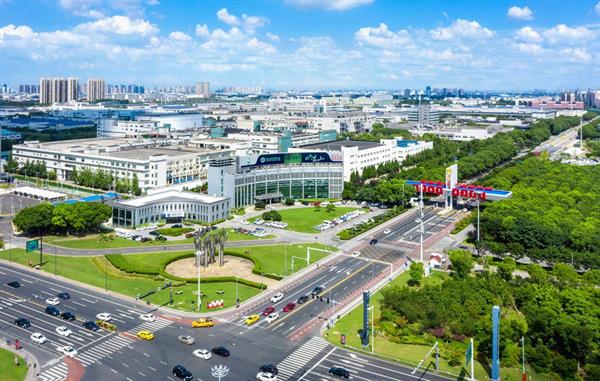
Kunshan Comprehensive Bonded Zone (Photo courtesy of Kunshan Financial Media Center)
Kunshan has continuously consolidated the foundation and advantages of the two hundred billion-level industrial clusters of electronic information and equipment manufacturing, and strives to hedge the uncertainty of the external environment with the certainty of its own development, and create more possibilities. In the first half of the year, foreign trade faced greater pressure. Kunshan paid close attention to the demand orientation and development trends of traditional foreign trade industries such as electronic information manufacturing, and launched a number of assistance measures to help enterprises reduce costs and increase efficiency.
At the same time, Kunshan also plays the strong magnetic force of leading enterprises. The development of leading enterprises is related to the stability of foreign trade, and also affects the development of a large number of small and medium-sized enterprises. On the one hand, Kunshan vigorously implements the electronic information "consolidation" project and the equipment manufacturing "strong foundation" project, accelerates the deep integration of the digital economy and advanced manufacturing industry, actively plays the role of midstream enterprises linking the previous and the next, promotes the integration and innovation of the industrial chain and supply chain, and continuously enhances the global industrial chain. It has the voice over. On the other hand, Kunshan has also continued to release the "magnet" role of "chain owner" enterprises, extending investment tentacles, broadening investment channels, gathering a number of industrial chain and supply chain core enterprises such as SAIC, Tesla, BYD, Ningde Times, NIO, Dow Chemical, etc., and fully tapping the investment resources of upstream and downstream related enterprises. It is worth mentioning that Kunshan is also actively targeting new opportunities and new markets, promoting the transformation of traditional manufacturing to digital manufacturing, comprehensively optimizing the integrated layout of "core-cloud-network-end-chain", and promoting the intelligent transformation, digital upgrading, digital Product Research & Development, and intelligent equipment manufacturing of enterprises as a whole. "With hard belt and soft, soft and hard", we will accelerate the formation of a 100 billion-level universe industry innovation cluster.
Climb higher and break through, expand and extend the "value chain"
In the face of weak global consumer electronics demand, Kunshan encourages enterprises to optimize product structure, help enterprises to undertake high-end laptop orders, guide AUO Electronics to expand the import scale of high-end equipment and advanced technology, and guide enterprises to stabilize the global consumer electronics market share and continue to explore emerging markets.
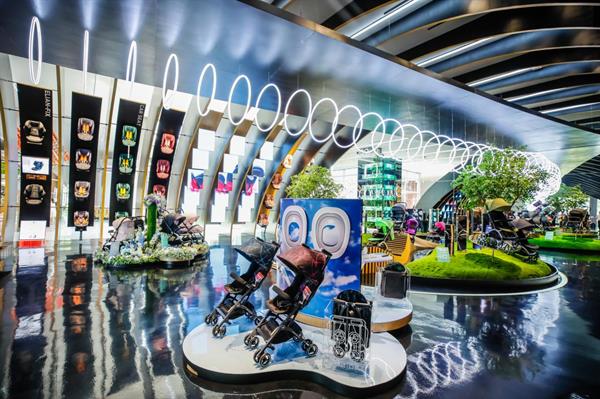
Good Child Children’s Products Co., Ltd. (Photo courtesy of Kunshan Rong Media Center)
Kunshan supports foreign trade enterprises to make good use of the two domestic and international markets and two resources, enhance the competitive advantage of technology, standards, brands, quality and service as the core, and achieve both domestic and foreign sales. Take the baby carriage king "Good Boy" as an example, the sales share of its "Evenflo" and "Cybex" brand child safety seats in North America and Europe are the first congeneric products, and the dominant position is gradually consolidating. "From January to October this year, our orders in the North American market increased by 12.4% year-on-year. We plan to continue to develop the North American and European markets next year." Wang Yong, general manager of the supply chain center of Good Boy Children’s Products Co., Ltd., said.
In addition, Kunshan also insists on leading development with major projects and competing for high-end resource elements globally. Vigorously carry out overseas investment promotion "Hundred Troupes War", from January to October, organized 32 investment promotion groups to Europe, Japan and South Korea and other countries and regions to carry out investment negotiations, successfully held 17 overseas investment promotion activities, visited more than 200 enterprises and institutions, and harvested more than 80 potential projects. Successfully held the 2023 Kunshan (Shenzhen) Investment Promotion Conference, signed 38 major projects with a total investment of 30.52 billion yuan. Vigorously attract a number of headquarters-type, leading-type, tax-source high-energy trading entities and "new quality productivity" projects, accelerate the signing and settlement of a number of key projects such as Coca-Cola, Dazheng Coffee, and Baoshi De, and through the "signing rate, completion rate, start-up rate, production rate, and production rate".
Regarding how to help new energy companies accelerate their "going overseas", Shi Yuhao, a customs officer from Kunshan Customs Inspection Division 1, shared his experience of helping: "We have established a’point-to-point ‘contact mechanism for key enterprises in our jurisdiction, and continue to provide technical services such as trade policy consultation, customs clearance and release of actual goods, to help enterprises seize opportunities to go overseas.
Take the initiative and accurately drive the "innovation chain"
Relying on the efficient vertically integrated industrial system and smooth bonded logistics channels of the Kunshan Comprehensive Bonded Zone, we will build an electronic product distribution center and expand the import of core components of the electronic information industry; continue to deepen the "bonded +" advantage, encourage enterprises to carry out bonded research and development business, guide processing trade enterprises to expand bonded inspection, bonded maintenance and other business models, and continuously enhance the resilience of the supply chain supply chain; link the "bonded area + professional market" function to build a digital commodity trading platform that integrates trading, settlement, clearing, finance, logistics and other functions.
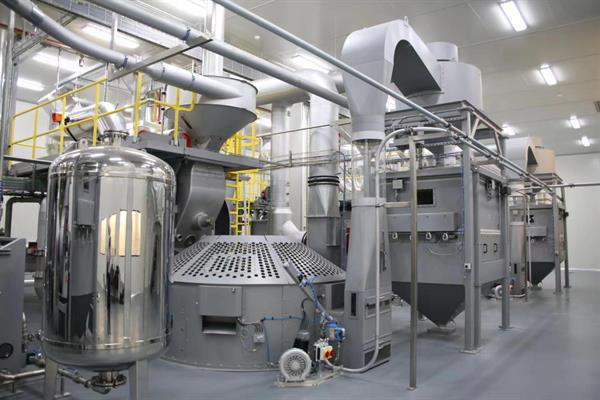
Coffee Roasting Workshop (Photo courtesy of Kunshan Rongmedia Center)
Kunshan is also actively deploying hundreds of billions of coffee industry clusters, giving full play to the first-mover advantage of the import trade promotion innovation demonstration zone, promoting the development of the coffee industry towards clustering, diversification and high value-added fields, and actively creating new growth points for import trade. Kunshan has formed a chain around "one green bean" to "one cup of coffee", attracting more than 30 leading coffee companies such as Starbucks, Luckin, Yizheng, Zhongyuan of Vietnam, Louis Dreyfus of France, and Mitsui & Co., Ltd. of Japan to enter the chain. It has built an industrial ecosystem that integrates green bean trade, platform trading, R & D and roasting, brand sales, and coffee equipment, forming two major coffee industry characteristics: "whole industrial chain" and "internationalization". The city card of "China Coffee Silicon Valley" is about to emerge.
Based on the actual development and demand of the coffee industry, Kunshan uses "system + technology" two-wheel drive to tailor-made "three inspections and three releases" supervision mode for imported coffee inspection and quarantine. 90% of imported coffee goods have been "reported and inspected", and customs clearance efficiency has been significantly improved. In the first 11 months of this year, Kunshan achieved 31,200 tons of coffee beans imported, an increase of 213.6% year-on-year.
Kunshan is also grasping the strategic opportunity of the integrated development of the Yangtze River Delta region, giving full play to Kunshan’s geographical advantages, and building a "big channel" and "big platform" for opening up to the outside world in an all-round way. Optimize the connection between the Yangtze River Delta region and the ASEAN cargo trade platform, encourage bonded logistics enterprises to tap the trade potential under the premise of compliance with trade, and improve the efficiency of distribution and distribution. In the past six months, new imports and exports exceeded 9 billion yuan. Innovate to create a modern logistics center for the Yangtze River Delta International Airport, build a one-stop service platform for international air freight import and export, and use the innovative mode of direct access to the freight station to reduce the short-haul and multi-warehouse pickup links of trailers, achieve capacity integration, efficiency improvement, low-carbon emission reduction, seamlessly connect 111 airlines around the world, reach 1036 destinations around the world, smooth import and export freight channels, import and export speeds up by more than 10 hours and 5 hours respectively, cost reduction by more than 10%, and open up a new channel for air transportation of foreign trade enterprises.
Internally and externally, continuously optimize the "service chain"
"Kunshan service" is an important magic weapon for competing for orders, grasping projects and seeking development. Kunshan released the "Kunshan City Deepening" Kunruyi "Business Environment 2023 Innovation Action Plan" this year, and launched the "Investment and Business Protection Service Month" in advance; innovatively built a new government-enterprise communication platform "Kunruyi Enterprise Meeting Room", strengthened in-depth exchanges with enterprises, and stabilized development confidence; fully implemented the "28" new policies to promote the continuous recovery of the province’s economy, and introduced Kunshan City’s 45 policies and measures to promote the overall improvement of economic operation, 7 to stabilize foreign trade, and 12 to promote cross-border trade facilitation, and make greater efforts to promote the stability and improvement of the open economy; continue to build a development environment with "the lowest cost under the same conditions, the best service at the same cost, and the most market opportunities for the same service", and create the most attractive and competitive first choice for investment and entrepreneurship.
Taking supporting the development of the coffee industry as an example, Kunshan is neither a coffee origin nor a major consumer market. How can the coffee industry take root? In order to help Kunshan’s coffee industry connect with the world, Kunshan Customs implements a "customized" factor guarantee model. In response to the development needs of the coffee industry, a special class of coffee trade services has been established, and business experts have been selected to connect with coffee production enterprises, coordinate and solve the problems of enterprises in registration and filing, inspection and quarantine, and actual release. We provide "commissioner-style" services for the whole process of customs clearance. In this regard, Miao Shijun, head of Kunshan Real Gold Food Co., Ltd., said, "Under the guidance of Kunshan Customs, we quickly completed the filing of export food production enterprises, strengthened the quality control and safety management of key links in coffee roasting and processing, and effectively connected with the relevant laws and regulations of the target country. Further enhance the competitiveness of products in the international market. After the export road is completed, we will also rely on the advantages of Kunshan coffee’s entire industry chain to deepen cooperation with coffee leaders, so that Chinese coffee can enter the overseas market."
It is based on the continuous creation of a world-class environment that in the first three quarters of this year, 213 new foreign-funded projects were established in Kunshan, an increase of 6% year-on-year, and the actual use of foreign capital was 1.54 billion US dollars, an increase of 39.5% year-on-year. For Kunshan and enterprises, this is a fruitful result of two-way progress and mutual achievement.
Kunshan is a big foreign trade city and needs to have greater responsibility and action. Kunshan will take more hard-hitting and practical measures to fight for "order + market", focus on breaking through "project + business", continue to improve "service + policy", and firmly stabilize the basic foreign trade market.


